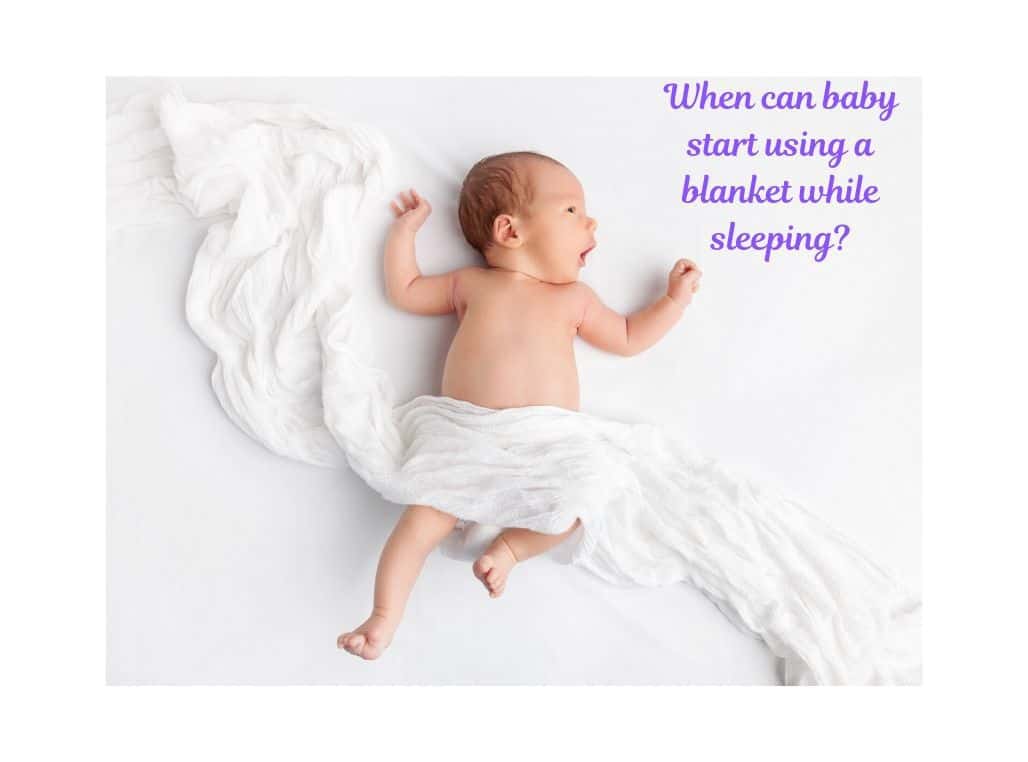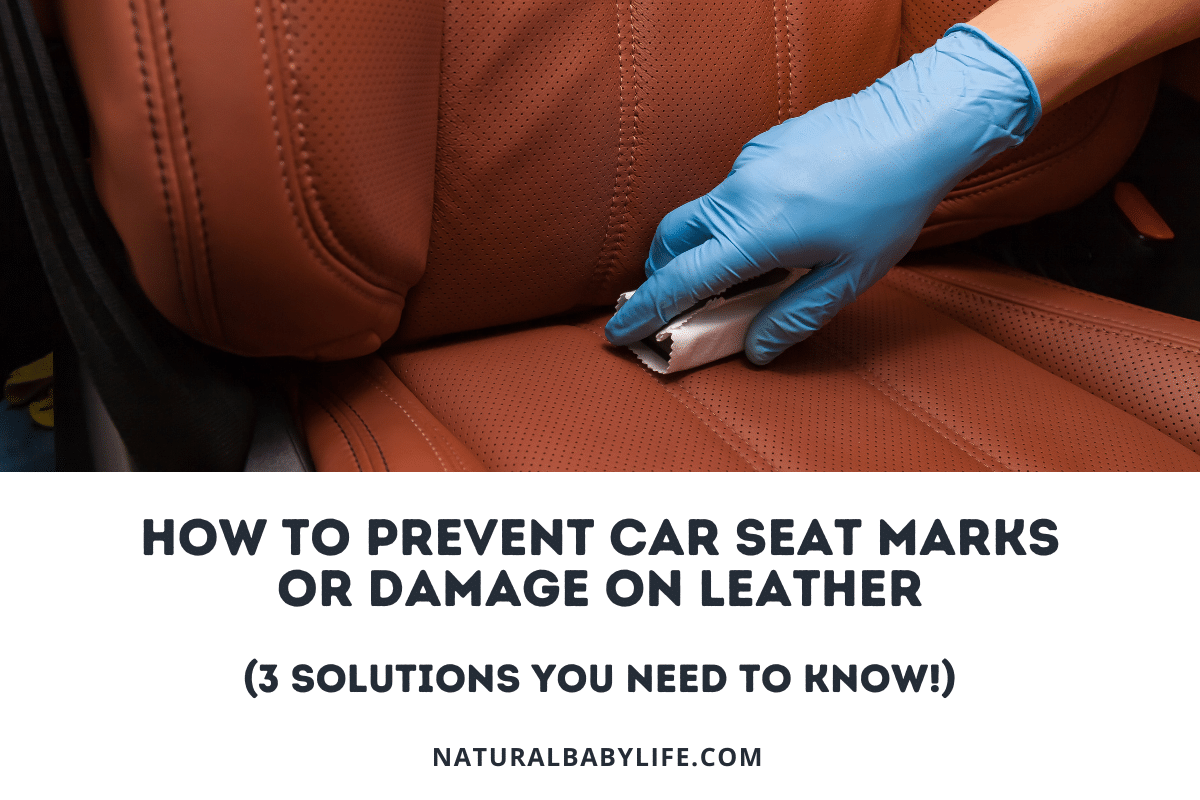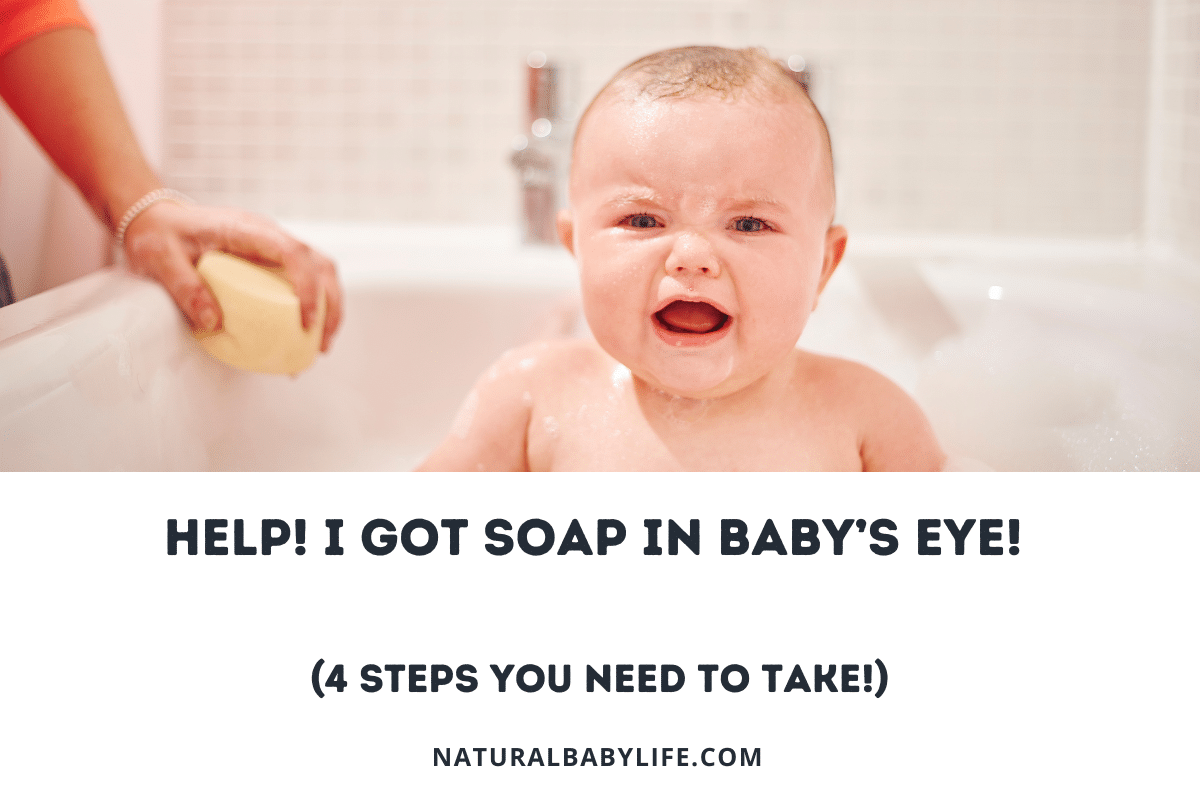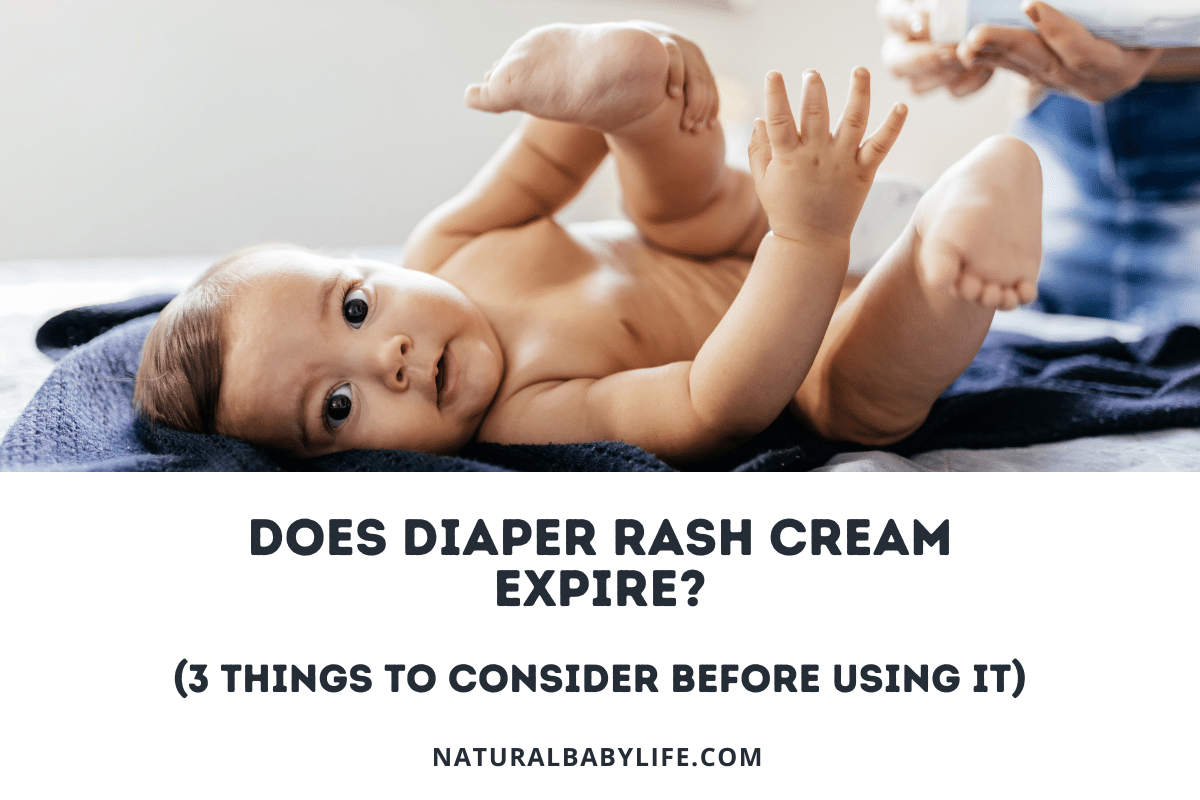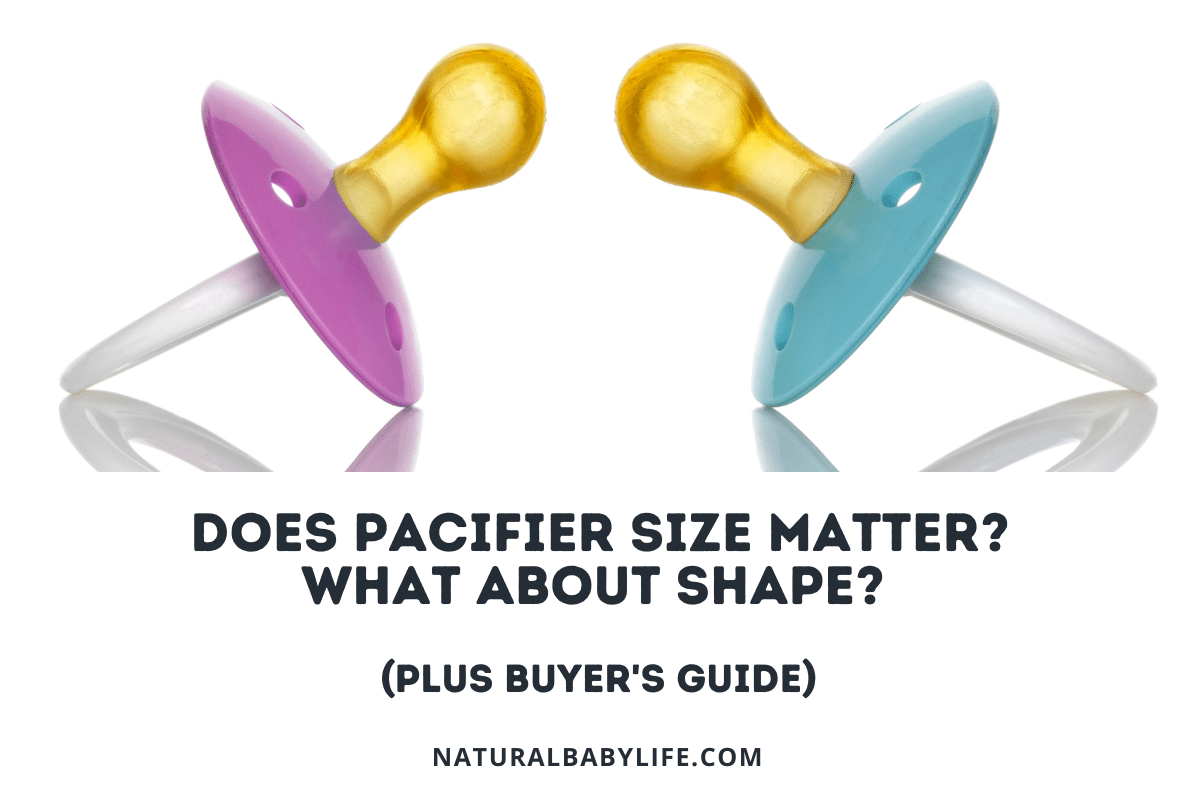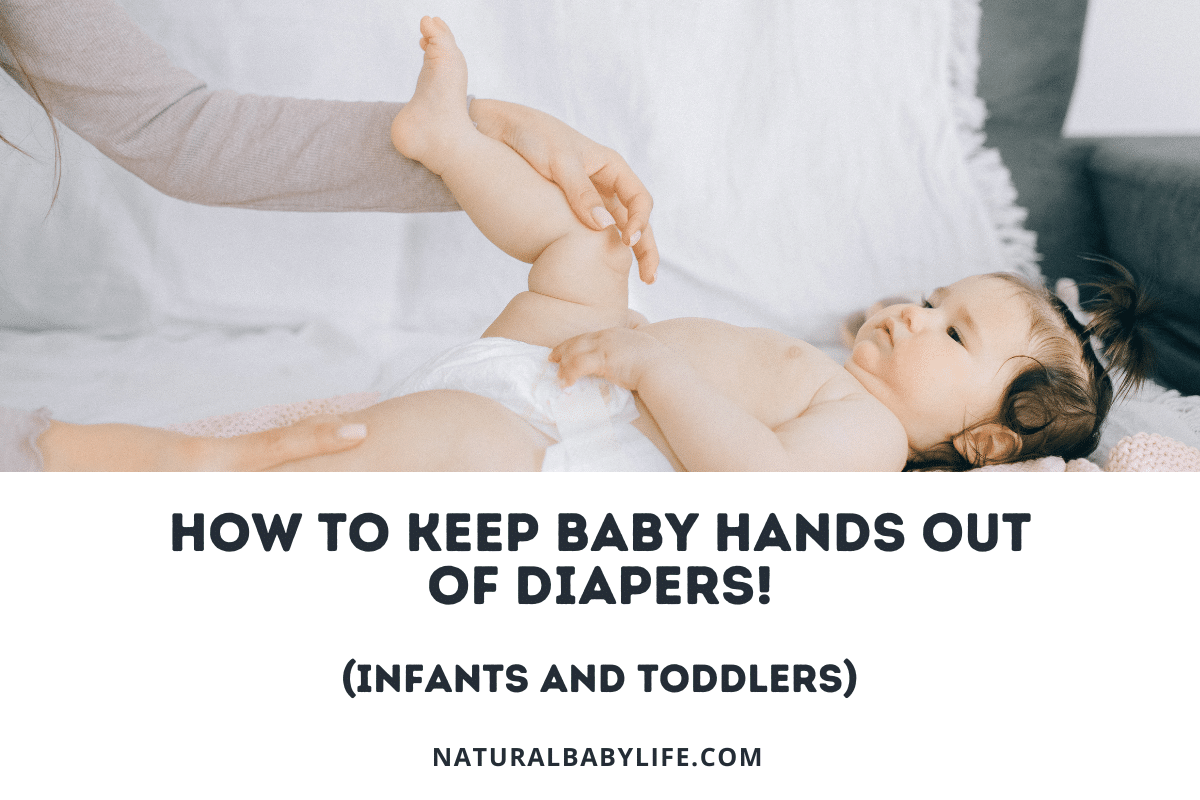Baby blankets are often one of the most popular gifts parents receive from family and friends as they prep for a new baby, but when is the safest time for babies to start using blankets while they are sleeping in the crib, bed, or bassinet?
The AAP (American Academy of Pediatrics) recommends keeping a baby’s sleeping space clear of soft bedding or blankets for the first 12 months of life. Blankets and other soft bedding can obstruct a baby’s airway, limit their ability to move in bed, and significantly increase the possibility of SIDS. Alternatives such as sleep sacks or wearable blankets should be used until after the first year.
Read on to learn more about safe sleep recommendations, risks associated with blankets, and the safe alternatives available to parents and their little ones.
Table of Contents
When can a baby have a blanket in the crib?
It may feel unnatural to put our babies to sleep without blankets or comfort items, however by doing so, we are making the best parenting choice for our little ones.
According to the American Academy of Pediatrics’ 2016 Safe Sleep Guidelines Study, babies need to sleep in an empty crib or bassinet for the first year of their life. This means blankets, pillows, and crib liners or bumpers are not to be used in the baby’s sleeping space.
These materials pose safety risks for our little ones and have been associated with a large number of infant deaths related to SIDS.
Following the first year of life, babies can begin to sleep with a small blanket that does not pose a risk of suffocation or strangulation. The best blankets are those made of soft, breathable fabrics such as muslin. Avoid heavier quilts, weighted blankets, and larger blankets such as comforters as these will all pose risks to babies and toddlers even after the first year of life.
Why covering a baby with a blanket at night is dangerous
As parents, it is important to note that both the AAP and the CDC reported 3,600 sudden unexpected infant deaths in the United States in 2017. These deaths were associated with SIDS, unknown causes, and accidental suffocation, smothering, or strangulation in bed.
This statistic is both alarming and serious and is not something that we should take lightly as parents. We may think “it happens, but it won’t happen to me” when we hear these facts, however, the risk of harming our babies as the result of providing blankets to them is not worth it, especially when it can be avoided entirely.
The AAP notes in their 2016 study that blankets, quilts, and pillows can all be hazardous to infants if they are near them while sleeping. These items can obstruct their airways which will pose a suffocation risk. Similarly, these items can cause babies to become trapped if they roll over in their sleep and can leave them unable to reposition themselves to allow for breathing. The AAP also notes in their release that these items are a known risk factor for SIDS.
This same release also notes that while we have this education and awareness, that 50% of parents still provide their little ones with these dangerous items while they are sleeping. Following this release and the high prevalence of parents still providing soft bedding to infants, the AAP released a new statement in 2019, informing parents that soft bedding is the leading cause of suffocation related deaths in infants.
As parents, let’s continue to work to see this statistic change by following these recommendations and encouraging others to do the same. Similarly, if we ever feel inclined to give a baby blanket as a gift, let’s reconsider this gift until the child is old enough to safely use the blanket.
Can babies have a swaddle blanket in the crib?
Many of us are taught to swaddle our babies using swaddle blankets in parenting classes we take at hospitals or community centers. And while swaddle blankets, especially those made of muslin, may seem to be safer than a traditional baby blanket, this is an unfortunate misconception. Baby swaddles, even those made of fabrics that appear to be more breathable, are still blankets and are still a safety risk for our little ones while they are sleeping.
Similar to standard blankets, do not give one to your baby until they are at least twelve months old to prevent any safety hazards and accidents. While some doctors may tell parents that small, thin blankets are okay prior to one year, stay on the safe side and avoid any potential risks by keeping the crib empty until your baby is a year old.
While some swaddling techniques are safer than others, there will always be a risk that your baby will manage to wiggle out of the blanket and allow it to become a suffocation risk.
What about blankets during bed-sharing?
While the American Academy of Pediatrics does not recommend bed-sharing or co-sleeping with infants, they do acknowledge that it does happen, accidentally, from time to time.
As parents, we are often overtired and may start to doze off while we are feeding our little ones. The AAP notes that falling asleep while feeding a baby is far safer in a bed that is free of blankets, pillows and potential airway obstructions than falling asleep while in a chair or on a sofa.
Aside from this circumstance, the AAP does not endorse co-sleeping or bed-sharing with infants as it does significantly increase the risk of SIDS and is the greatest risk factor for sleep related deaths for infants.
However, if you are going to make the personal choice to bed-share with your little ones, please be sure to remove all potential hazards such as blankets, pillows, and loose bedding that may obstruct your baby’s airway or cause them to become tangled and unable to move.
Still, the safest place for our little ones to sleep is in a firm, hazard-free, independent space that is near the parents’ bed but not in the parents’ bed. We will have plenty of time for cuddles in bed during awake hours and in the future that it is best to not take the risk while our babies are still under a year old.
How do I cover my newborn at night safely?
As much as our babies may enjoy being wrapped up in blankets as we hold them, we cannot provide the same comfort while our little ones sleep. While traditional baby blankets and swaddle blankets are not options for providing comfort and warmth to our babies at night, there are plenty of options that will provide the same cozy, warm feeling our little ones get during the day.
Velcro swaddles, sleep sacks, and fleece footed pajamas are all options for our babies that will provide an extra covering and warmth to help our little ones sleep peacefully.
I’ve gone into much more detail about whether or not your baby needs a sleep sack that you should check out to get more information about this option!
How do I keep my baby warm at night?
While babies cannot have blankets to sleep at night, there is an endless supply of products available these days that will not only keep our babies warm but that are also safe for sleep.
In the early months, babies do benefit from being swaddled when they sleep. However, swaddle blankets are a sleep hazard and can lead to higher chances of SIDS if the swaddle comes undone and the blankets are loose in the baby’s sleep space.
Thankfully, there are many velcro swaddle wraps and swaddle sleep sacks available for little ones for a surprisingly affordable price. When our newborn was in the hospital following birth, the baby nurses provided velcro swaddles to ensure our little one was swaddled for sleep while also safe and free from the risks of traditional swaddle blankets. Oftentimes, the sleepsack is meant to convert into different styles as your baby grows so that you will get a lot of use out of it!
These products allow for the comfort and warmth of swaddling without the risks of suffocation or strangulation that traditional blankets carry.
Once your baby is old enough that they no longer desire to be swaddled or where it is no longer safe to swaddle, sleep sacks will become your new go-to for keeping your baby warm. Sleep sacks, much like velcro swaddles, are sleep assistance items that provide comfort and warmth to your baby.
Some companies, such as Carter’s, make sleep sacks that look like traditional baby pajamas. While other companies, such as Halo, make a sleep sack that is worn over your baby’s pajamas. Either option is great and will come down to what your little one prefers and feels most comfortable in.
If using a sleep sack over a set of footed pajamas, be sure to check that your little one isn’t overheating with the multiple layers. Babies struggle to regulate their temperature and too many layers may cause them to become too warm while sleeping.
If swaddles or sleep sacks are not your cup of tea, then stick with the classic footed pajamas. Just be sure to utilize a properly fitting pair of pajamas so that your baby isn’t becoming cold due to ill-fitting, large clothing. If you worry that traditional footed pajamas will not be warm enough, opt for a pair of footed pajamas made of fleece. While most popular in the winter months, they are available year-round on the internet!
The best temperature for sleeping babies
Most of us like to feel warm or cozy while we sleep at night. This instinct may cause us to worry that our little ones may become cold as they sleep at night in their empty cribs.
However, it turns out that babies sleep better in rooms that are a little bit cooler than the temperature most adults feel comfortable in. On average, babies do best in a sleep environment that is between 65-70 degrees fahrenheit. This temperature range actually helps prevent SIDS as overheating is also a contributing factor for SIDS.
As babies can overheat more easily than adults, the cooler temperature will help them stay at a comfortable temperature all night without getting too warm. While many of us may worry about our little ones getting too cold, it is actually far more likely that they would get too warm if they slept with all of the comforts we may be inclined to give them!
When can a baby sleep with a security blanket?
Security blankets may seem harmless due to their small size, however, these stuffed animal-blanket combinations are just as unsafe as regular-sized baby blankets until your little one is 12 months old.
While your baby may have an attachment to one of these soft items, please refrain from giving it to them to soothe them to sleep. SIDS, when caused by unsafe sleep conditions, is 100% avoidable. Please take all precautions, even the ones that seem so minuscule to keep your little one safe throughout the night.

